

Archivio atelier Mendini
Piergiorgio Caserini (ZERO, HYPERLOCAL) and Tommaso Naccari, Francesco Fusaro e Ariam Tekle tell us about the themes of the Hyperlocal talks, held in Triennale during Milano Arch Week 2024.
In his book L’invenzione della Terra (The Invention of Earth), geographer Franco Farinelli traces the history, myths and narratives that have been adopted over time to create “world models,” those interpretive tools that gradually shape the space we inhabit. The cartographic model obviously takes center stage in this context, since reducing the world to maps, measurements, signs and boundaries, the orientation modalities and cultural strategies with which we interpret the world clearly come into play. Yet, a cartographic map is not the only technical and cultural complexion capable of “inventing Earth,” of conforming a model of the world, which ultimately is a model of action, a framework of thought. Besides different mapping methods other than cartography, that is, different gazes and practices of orientation, there are also ways of representing space that are based on principles that are not those of a cartographic map, and thus not necessarily informed by an idea of measurement. There are, for example, interpretative models of space and landscape that draw on narrative, myths and stories, revolving around a specific place through which the shape of the Earth, of the world, changes being observed from a different angle.
We start off with this brief preamble because Hyperlocal’s vocation encompasses these very ideas: the possibility of imagining a geography able to interact with the current state of the world, the globe, and its current limitations.
If, again for Farinelli, the idea of the globe completely overturns the canons of cartography, by completely dismissing the idea of the blank slate on which knowable portions of space can be inscribed, while also proclaiming its finitude, we must nonetheless confront the tangle of relations that local spaces hold with the globe. Hyperlocal stems from this reflection. Starting with the most basic forms of city and neighborhood, we will ask ourselves how a vision of urban space, of the local, through global trends and cultural expressions might come into being. By doing so, we will consider the cultural exceptions of certain neighborhoods—or certain territories—taking into account their history, travels, coasts and horizons that propelled them, materializing and living in local settings and communities. Then there are also transnational and diasporic communities where an expressive interaction combines local cultural manifestations with other manifestations from miles away, so that one has the impression, in certain fruitful contexts, of living in a neighborhood in one city yet as if it were in another city elsewhere. There are places and monuments that have contributed to the creation and expression of these bridges, where a whole cultural geography, stemming and born in specific and circumscribed places, finds outlets and possibilities for sedimentation and growth. There are also objects and monuments, such as certain stadiums or rivers, as well as certain institutions, around which and where “worlds” thousands of miles apart meet and interconnect. It is in this kind of cultural moments that a world might blossom, there where no one would expect it, where a local, small space takes on unforeseen magnitude.
The second edition of Hyperlocal Talks in Triennale Milano during Arch Week 2024 will address these aspects. Last year’s conversations revolved around cultural centralizing groups (from magazines to poetry to sports), while during the 2023 Festival, the conversation explored the birth of Dubstep in Croydon, the sonic bridge of post-club scenes in Milan, Dona Valentina’s South America, and Pigneto read as a musical neighborhood with Pescheria and Tropicantesimo, showing how bridges and cross-references have been propelling forces for local and interrelated scenes. This year the focus will be on specific neighborhoods and territories, and on how these have shaped within an intersection of relationships blending distant places and imageries. We have asked the curators of the three talks to describe the reasons behind the choice of these three stories.
La Comunidad of La Spezia
“Comunidad” is a term that being so neutral is telling of an infinite world. For those who grew up in La Spezia’s surroundings, that is along that route that makes the Ligurian Sea a moody sulk reflecting the soul of those living there, the Comunidad is a kind of legend. In the land of grumbling, there is a square, a community, a neighborhood, rooted in music, in celebration, with a language mixing youthful dialect slang (words like fré, fante) and Spanish.
The first time I set foot in Piazza Brin, right in the center of Spezia, I couldn’t believe it. For a while there was even talk of an Italian dembow scene, because the music coming from those speakers had overtaken the tall buildings delimiting the square: it had made it to Radio Deejay, to Spotify playlists, to Milan, that love-and-hate destination that deprives you of the sea but gives you possibilities.
With Samuel “Heron” Costa, artist, musician and photographer, and Francois Roderik Coudjoe Arauz, we’ll explore Europe’s largest Dominican community and the meaning of the term “culture.” We are taking this direction because culture comes from mixture, from influences, and nothing better than four speakers pumping rhythms that for our tradition feel—at times—askew, made me aware of this. In his music Samuel “Heron” Costa has always integrated the influences he felt around him, bringing a breath of novelty and positivity to the rap scene for some time, something new that seemed somewhat antithetical to the genre. Francois Roderik Coudjoe Arauz, on the other hand, is one of the most interesting characters in this new scene, who is growing, evolving, and starting to become professionally established. Talking with a person who helps young people who with their music wish to take over their own square as well as their own city, their own region, and their entire country, helps us understand how a culture settles, stabilizes and then becomes everyone’s and for everyone, and what may be the risks of letting this culture be handled by those who do not know it, assuming there might be any risk in this in the first place.

Photo by Samuel "Heron" Costa
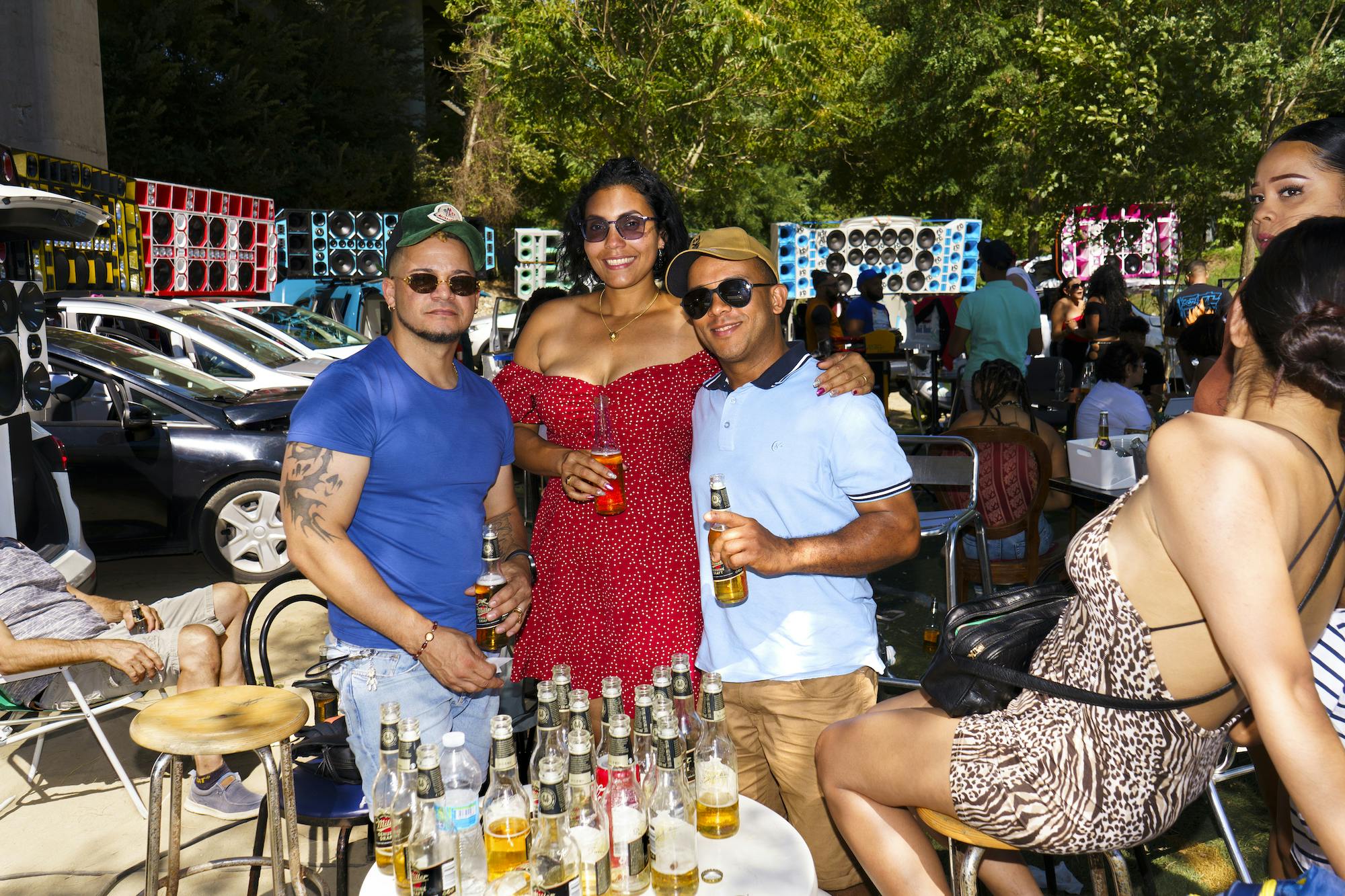
Photo by Samuel "Heron" Costa

Photo by Samuel "Heron" Costa
From Via Torino to the Second Summer of Love: Fiorucci between music and beat
The history of the Fiorucci brand starts with the fashion label, and continues in the areas of contemporary art and music. The mid-1970s performances in the historic store in Via Torino, Milan, with the Nova Musicha, Demetrio Stratos, Franco Battiato, and Walter Marchetti, or with Keith Haring in the San Babila store, are well known. Milan’s downtown, with the innovation of Fiorucci’s store—a prediction of today’s concept stores—became an international point of attraction, especially for English-speaking cultural contexts. Even when Fiorucci opened a store in New York in the 1970s on East 59th Street it instantly became the daytime hangout for fashion lovers, hipsters, and VIPs, yet overturning the paradigm that had made Fiorucci popular in its hometown Milan: attracting Italians interested in fashion trends from the UK.
From then on, Fiorucci’s influence has wound its way through American and British subcultures, so much so that in 1999 visual artist Mark Leckey decided to entitle his short art film—now a cult — Fiorucci Made Me Hardcore after the Milanese brand: a nostalgic journey through British subcultures from Northern Soul to the Second Summer of Love. The colorful outfits designed by Fiorucci in the golden years of his career are thus permanently welded to the imagery of the British Acid House generation.
This story tells of an impact of an imagery, of an influence, which from a unique epicenter, the iconic store on Via Torino in Milan, and from an essentially peculiar and unprecedented relationship with the arts, radiated into the Italian and international music scene.
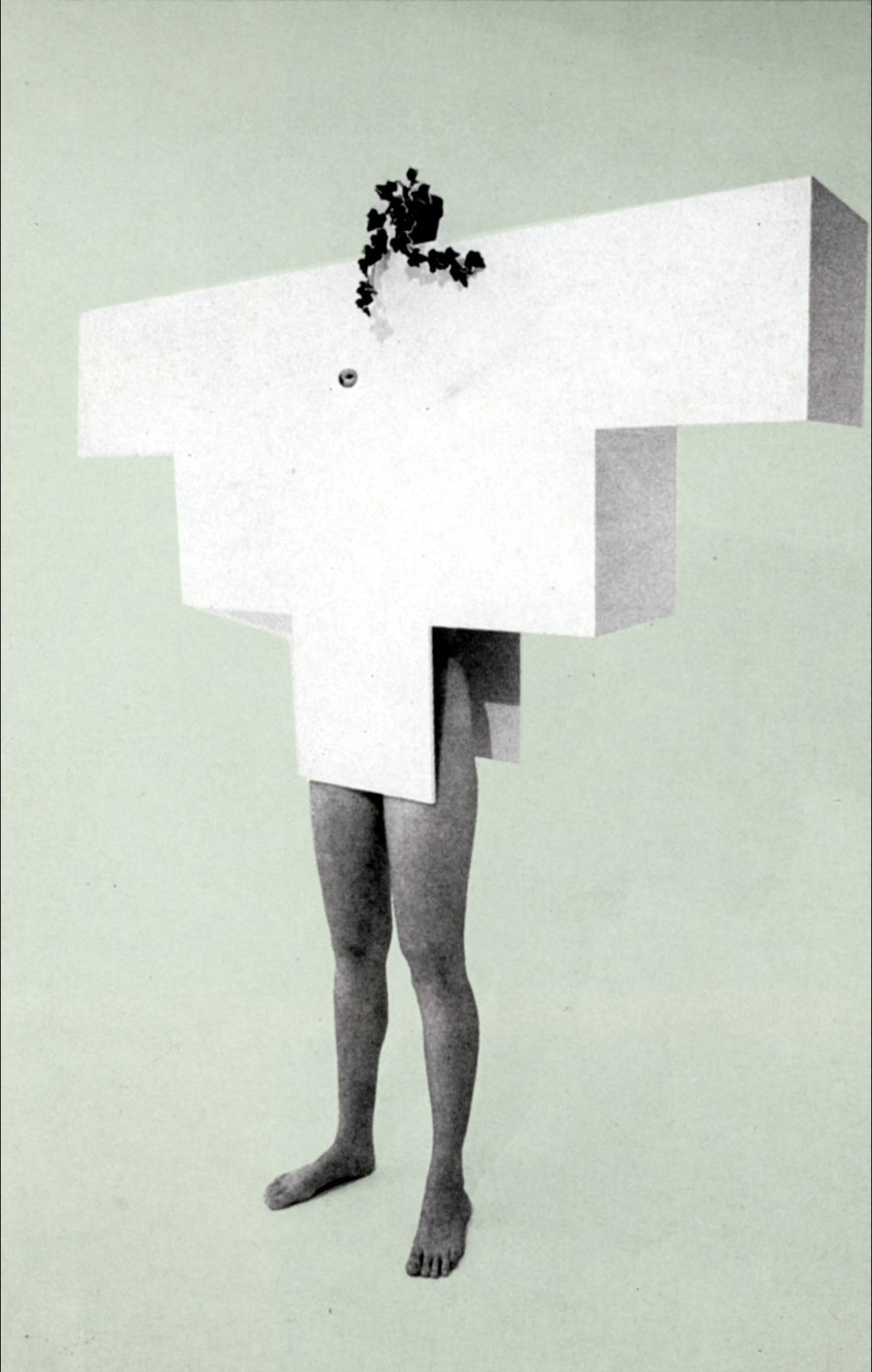
Archivio Atelier Mendini
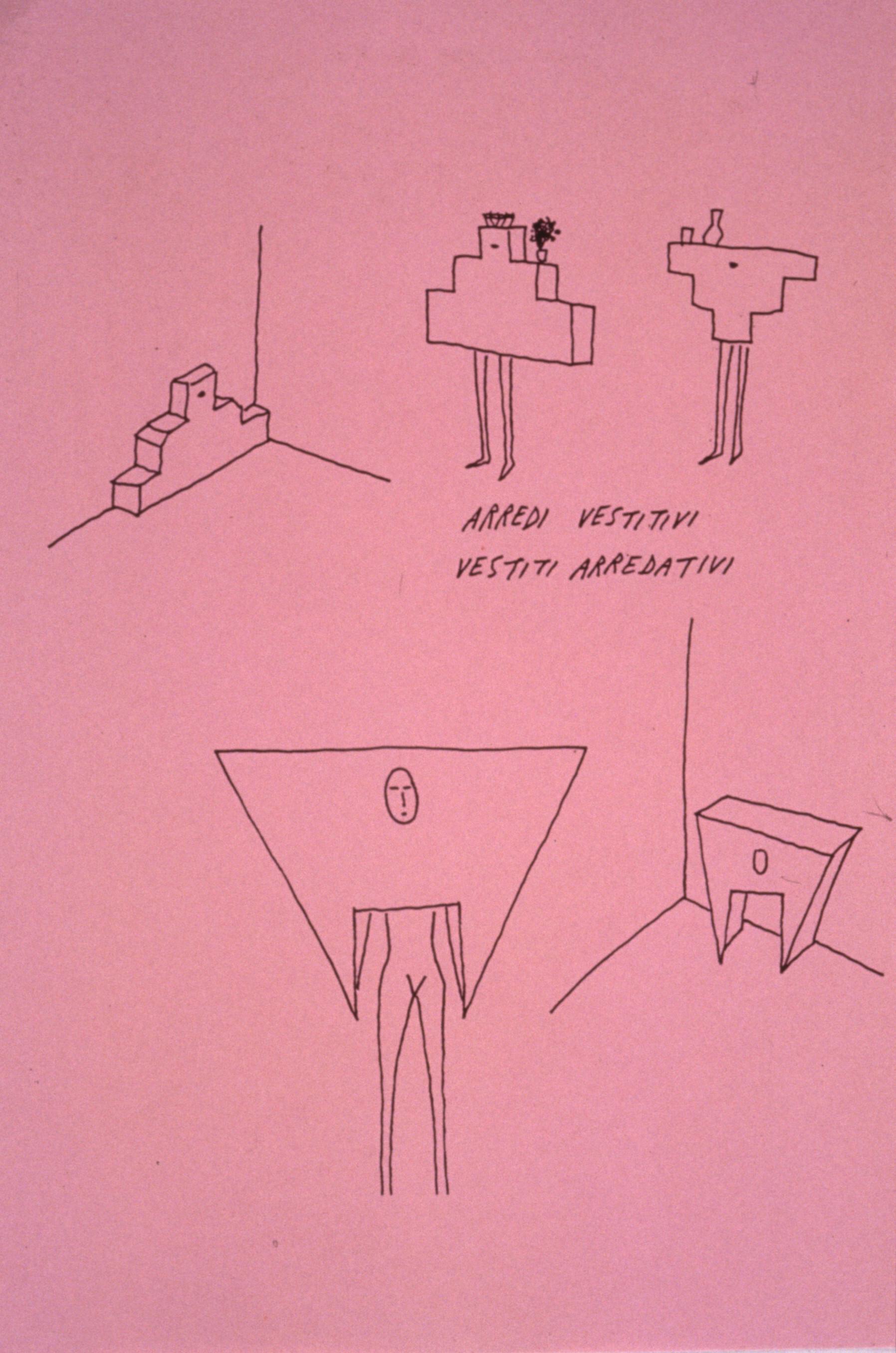
Archivio Atelier Mendini
The first world music club in Italy: the Zimba in Milan
The Eritrean community in Milan has a story of several decades, developing in various neighborhoods and areas, and particularly through food and music which certainly have been among the most defining elements of Eritrean transnationalism over the past fifty years in the capital of Lombardy. This is why the crucial importance of music in Milan between the 1980s and 1990s must be recognized, acting as a glue between African diasporas, contributing to the popularization and discovery of genres, of what was known as world music, within the city and throughout Italy. The story we choose to explore here begins with a specific place, the Zimba: one of the most emblematic venues for the creation of musical ties between Africa and Italy; a venue that has welcomed international icons, musicians and activists, Fela Kuti being one of them. Looking back on those years, Zimba stands as a cultural center, what today we would call a hub, in 1980s Milan: a space welcoming influences that were fairly uncommon in Italy, if not completely unknown, such as afrobeat, reggae, and Latin-Caribbean. But most importantly along with the exchange and meeting of sounds from different countries, Zimba was a gathering place, a community place, for the African diasporas that were already rooted in the city. That was when, in the 1970s, Porta Venezia started to became an Eritrean neighborhood—significantly renamed “Little Asmara” by the Milanese Eritreans—initiating that process that saw the opening of various commercial activities, such as restaurants and bars, that contributed to promoting this culture. In the same light we should read the Via Kramer former parish recreation center, a reference point for first- and second-generation Eritreans and Ethiopians, where the first hip hop DJ sets gathered and experimented.
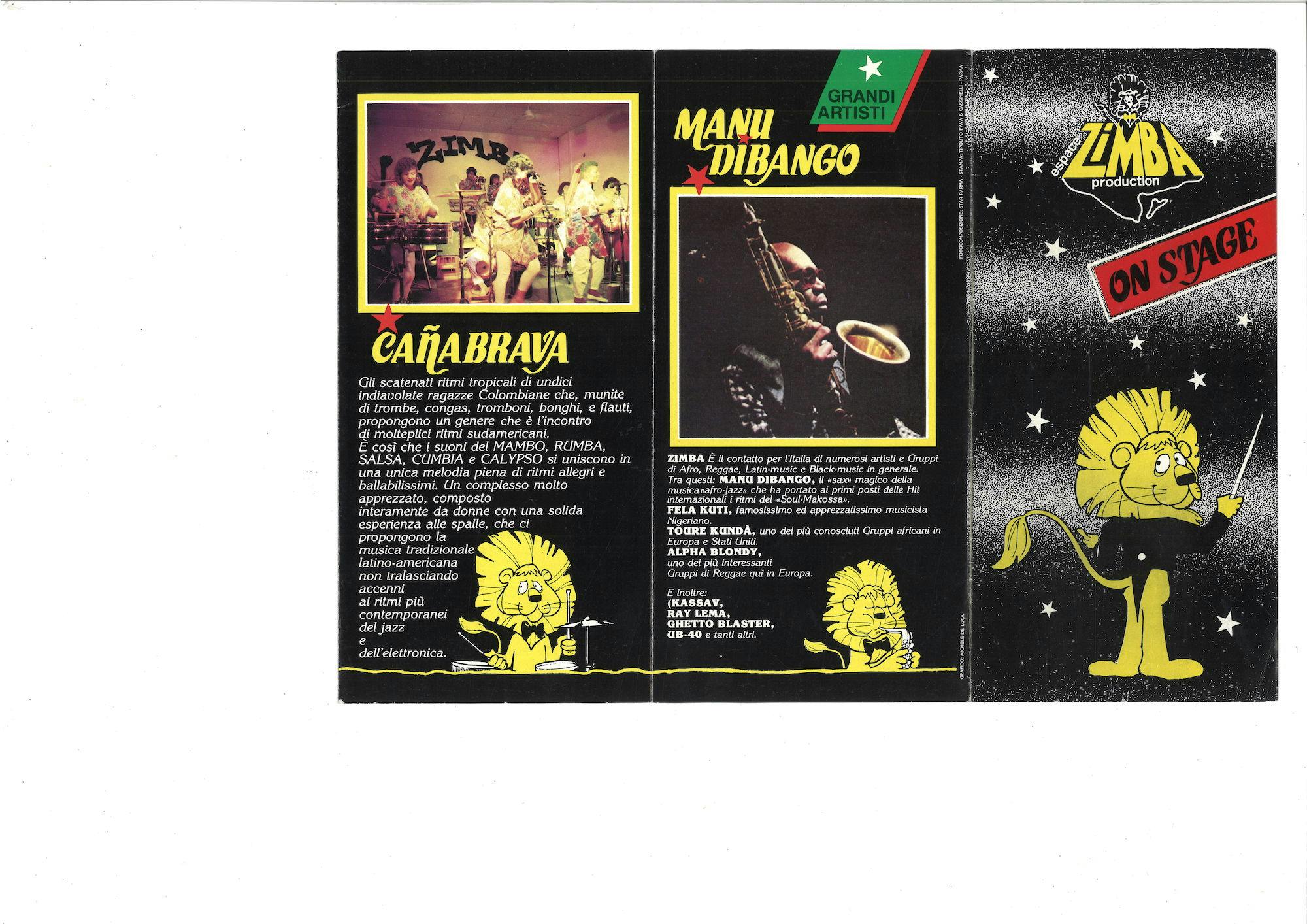
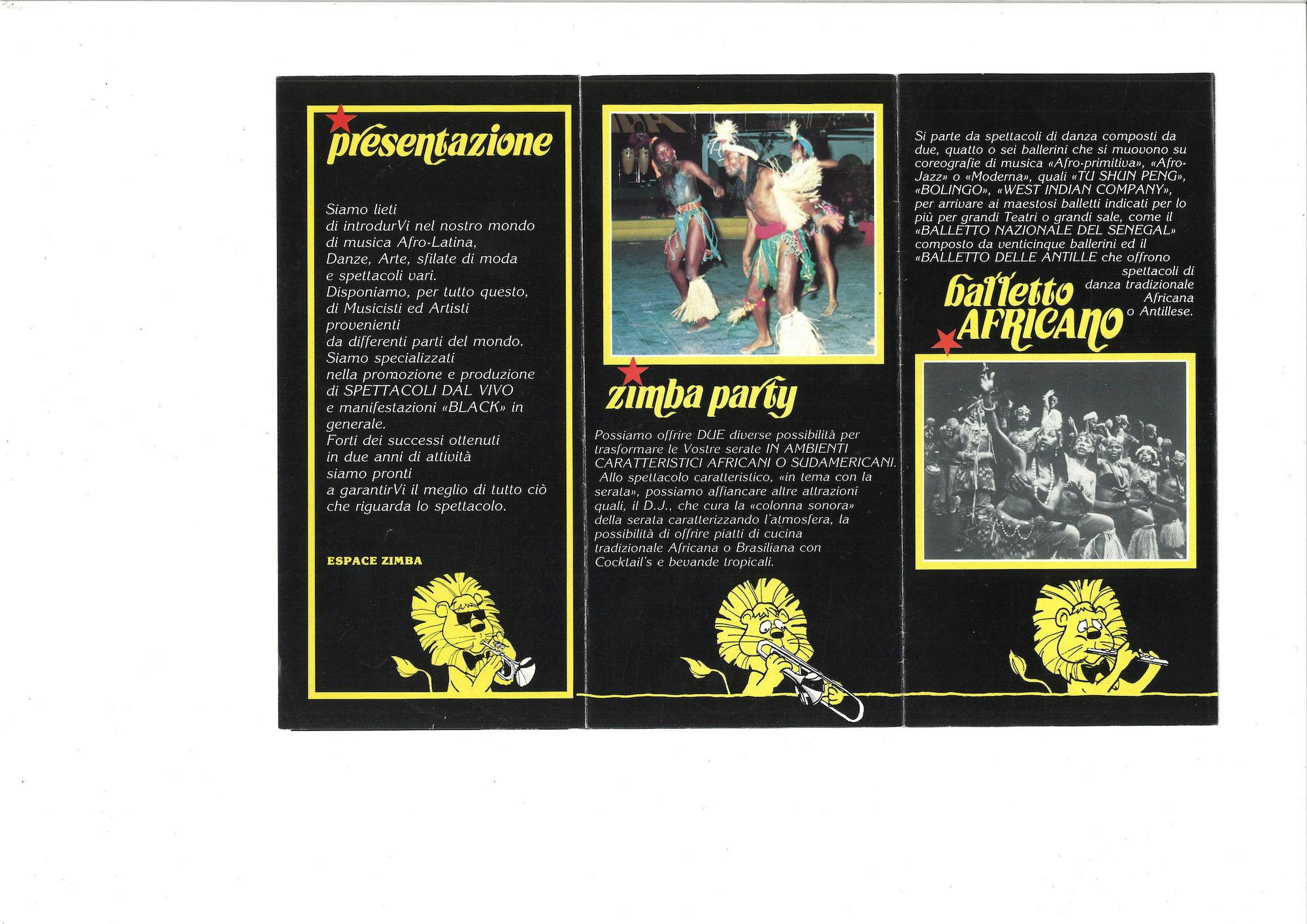
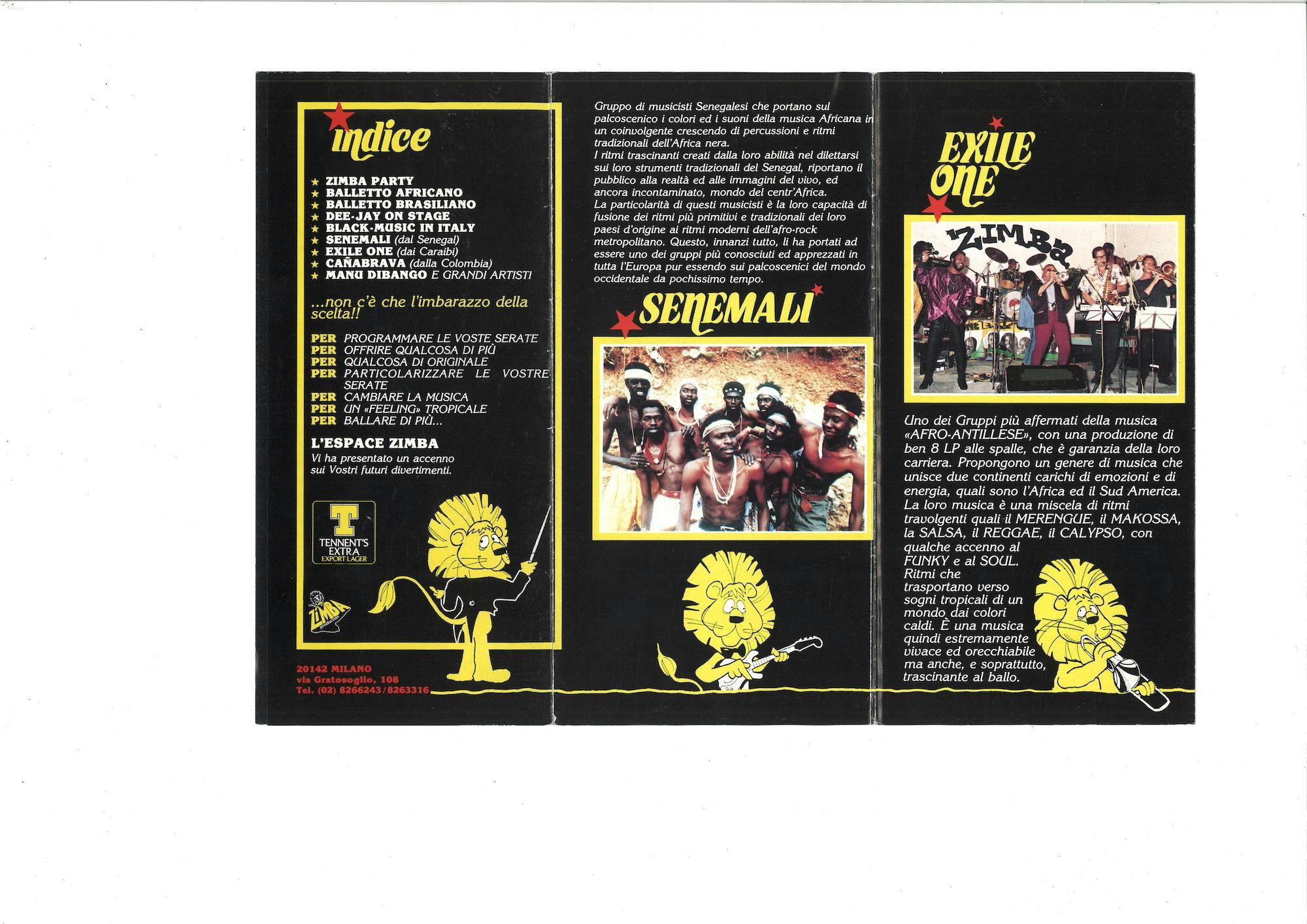
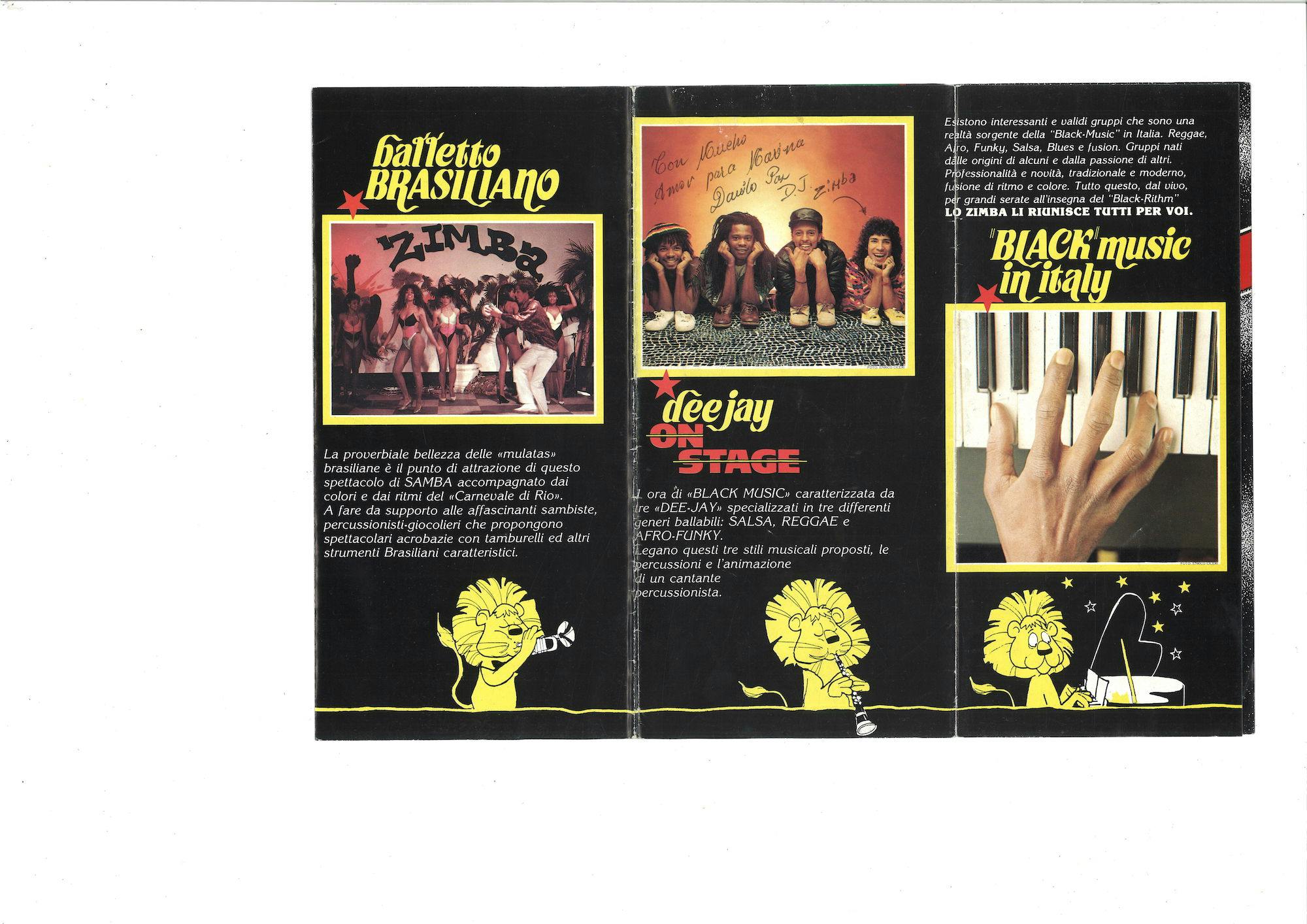
Credits
La Comunidad of La Spezia. Panel moderated by Tommaso Naccari, with Samuel “Heron” Costa, musician and photographer, and Francois Roderik Coudjoe Arauz, local producer.
From Via Torino to the Second Summer of Love: Fiorucci between music and beat. Panel moderated by Francesco Fusaro, resident DJ of NTS Radio, sound agitator, and music subculture expert DJ Balli, and Maurizio Turchet, graphic historian and curator of the Fiorucci brand.
The first world music club in Italy: the Zimba in Milan. Panel moderated by Ariam Tekle, with scholar and filmmaker Medhin Paolos and Alem Abay, militant, former Zimba member and co-founder of Biko.
Related events
